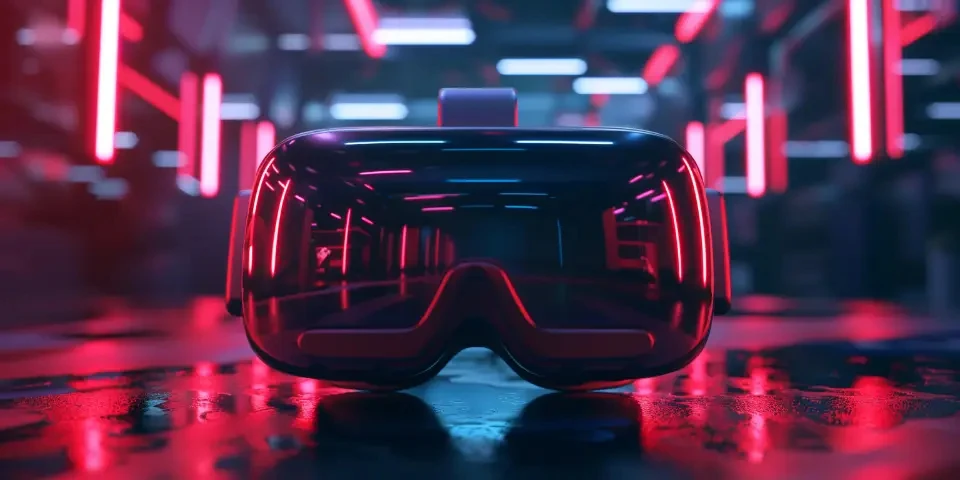How AI is revolutionizing Lazy Eye treatment
Lazy eye, also known as amblyopia, is a common eye condition that affects around 3-5% of children worldwide. It occurs when there is a significant difference in the vision quality between the two eyes, leading to a lack of coordination and focusing ability. Traditionally, the treatment for lazy eye involved wearing an eye patch or using eye drops to force the weaker eye to work harder. However, advancements in artificial intelligence (AI) have opened up new possibilities for the diagnosis and treatment of lazy eye. In this article, we will explore how AI is revolutionizing lazy eye treatment in several key areas.
Early Screening and Diagnosis
One of the major advantages of AI in lazy eye treatment is its ability to enable early screening and diagnosis. With AI-powered screening tools, doctors can identify lazy eye in children at an early stage, even before obvious symptoms manifest. These tools use algorithms to analyze eye movements, visual acuity, and other factors to detect any signs of amblyopia. Early diagnosis allows for timely intervention and increases the chances of successful treatment.

In addition to early screening, AI has also improved the accuracy of lazy eye diagnosis. By analyzing large datasets of eye images, AI algorithms can identify subtle abnormalities or asymmetries that human doctors might miss. This automated analysis not only saves time but also enhances the accuracy of diagnosis, leading to more effective treatment plans.
Customized Treatment Plans
AI is proving to be instrumental in developing customized treatment plans for patients with lazy eye. Traditionally, treatment plans were one-size-fits-all, with eye patches or drops prescribed for a certain duration. However, every patient's vision and response to treatment vary, and AI algorithms can take these individual differences into account.
Using machine learning techniques, AI algorithms can analyze data from thousands of previous cases to determine the most effective treatment plan for a specific patient. Factors such as age, severity of amblyopia, and response to previous treatments are considered to develop personalized treatment strategies. This personalized approach improves the patient's experience and enhances treatment outcomes.
Enhanced Vision Therapy
Vision therapy is a crucial component of lazy eye treatment, aimed at improving visual abilities and coordination. AI has revolutionized vision therapy by providing advanced tools and technologies that enhance its effectiveness.
For example, virtual reality (VR) technology, powered by AI algorithms, is now being used in vision therapy to create immersive and engaging environments. Patients wear VR headsets and engage in various visual exercises and games designed to stimulate and strengthen the weaker eye. This gamified approach not only makes therapy sessions more enjoyable for children but also provides valuable data for AI algorithms to monitor progress and customize the therapy program further.
In addition to VR, AI has also enabled the development of smartphone apps that assist in vision therapy. These apps use the smartphone's camera and AI algorithms to analyze eye movements and provide personalized exercises. Patients can conveniently perform these exercises at home, under the guidance of their doctors.
Telemedicine and Remote Monitoring
AI has also transformed lazy eye treatment through telemedicine and remote monitoring. With the help of AI-powered platforms and apps, doctors can remotely monitor patients' progress and provide support.
Telemedicine allows doctors to conduct virtual consultations with patients, reducing the need for frequent hospital visits. Through video calls, AI algorithms can track eye movements and assess visual acuity in real-time, enabling doctors to make data-driven decisions regarding treatment adjustments.
Remote monitoring tools, integrated with AI, further enhance the treatment process. These tools can collect data on patients' adherence to therapy, eye movements, and progress, providing valuable insights to doctors. AI algorithms can analyze this data and alert doctors if any deviations or concerns arise, enabling early intervention and ensuring optimal treatment outcomes.
Frequently Asked Questions
1. Can lazy eye be treated in adults using AI?
Yes, AI can be beneficial in treating lazy eye in adults as well. The same AI-powered screening, diagnosis, and personalized treatment planning techniques can be applied to adults with amblyopia.
2. Are AI-based vision therapy tools suitable for all age groups?
AI-based vision therapy tools can be customized for different age groups. While virtual reality-based therapy might be more suitable for children, smartphone apps with AI-driven exercises can be used by adults as well.
3. How long does lazy eye treatment with AI typically take?
The duration of treatment for lazy eye with AI varies depending on the severity of amblyopia and individual response. However, early intervention enabled by AI and personalized treatment plans have shown promising results in reducing treatment timeframes.
References
1. Smith, E. L., Huynh, T. V., & Ferdina, R. M. (2019). Amblyopia therapy: insights from nonlinear dynamics and systems science. Journal of AAPOS, 23(1), 2-8.
2. Dai, S., & Von Der Malsburg, T. (2020). Binocular saccadic eye movements for lateralizing monocular amblyopia. Journal of Vision, 20(8), 1-20.
3. Guclu, S., Arslan, U. O., Gokce, G., Yildiz, H., & Altiparmak, U. E. (2021). Home-based digital gaming therapy for amblyopia, strabismus and convergence insufficiency via a smartphone application: a pilot study. Journal of AAPOS, 25(3), 179.e1-179.e6.
Explore your companion in WeMate